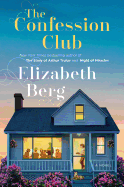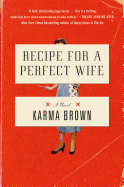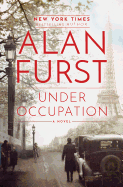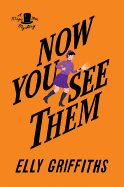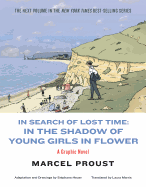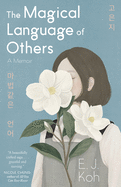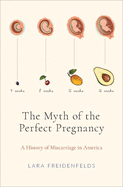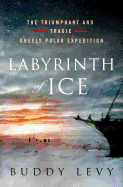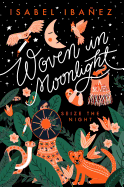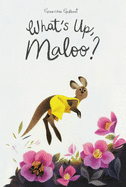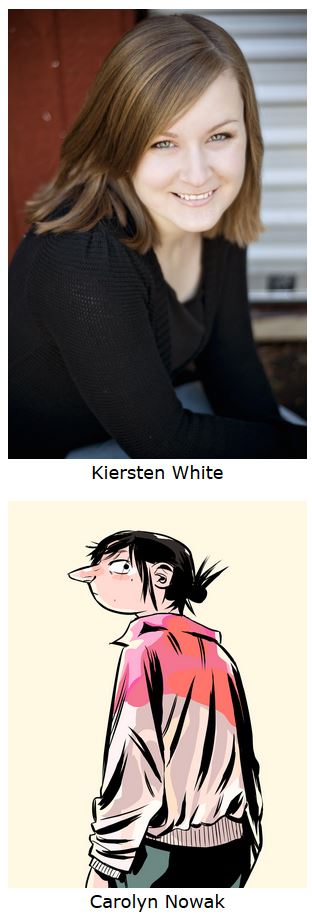 More than 20 years after it premiered, the world of Buffy the Vampire Slayer continues to thrill audiences. Old fans remember the Buffyverse fondly, while new iterations of her story pull in fans from younger generations. Two writers who know this landscape well are Kiersten White and Carolyn Nowak. Both of their Buffyverse novels--White's young adult Chosen (Simon Pulse, $18.99) and Nowak's middle-grade graphic novel Buffy the Vampire Slayer: The Cursed Coven (Little, Brown, $13.99)--are on sale now. Here, they discuss their love for the Chosen One herself and the challenges of writing in the Buffyverse.
More than 20 years after it premiered, the world of Buffy the Vampire Slayer continues to thrill audiences. Old fans remember the Buffyverse fondly, while new iterations of her story pull in fans from younger generations. Two writers who know this landscape well are Kiersten White and Carolyn Nowak. Both of their Buffyverse novels--White's young adult Chosen (Simon Pulse, $18.99) and Nowak's middle-grade graphic novel Buffy the Vampire Slayer: The Cursed Coven (Little, Brown, $13.99)--are on sale now. Here, they discuss their love for the Chosen One herself and the challenges of writing in the Buffyverse.
Kiersten White: First of all, please tell me your Buffy origin story. When did you discover Buffy?
Carolyn Nowak: I'm honestly not sure! I had never really been interested in Buffy because I knew it was about this very feminine person who was "also" tough. As a kid I was neither of those things and resented girls who were! Really not sure when I let myself succumb, but... I was like, hey, this is also sorta gay, isn't it! So I stuck around. What about you--any absolute favorite episodes of Buffy?
White: An impossible question! But I might say "Buffy vs. Dracula" for the sheer joyful camp of it. Along those lines, why do you think Buffy has stayed so present in pop culture, far more so than most similarly popular series that aired at the same time?
Nowak: Because it's delicious. It has fun with itself. I don't think Joss Whedon's quippy dialogue style belongs in most places, actually, but it works so well with the deadpan dealings of teenage vampire slaying.
White: You made some really thoughtful and interesting narrative choices. First and foremost, you took Buffy out of California and sent her to... Cleveland. Why did you decide to shift the narrative? (And how much do I love you for presenting the alternate reality where Buffy becomes the Cleveland Heckmouth Slayer instead of the Sunnydale one?)
 Nowak: I think the purpose of sending Buffy to Cleveland was to freshen things up. Maybe it's what gave us an excuse to mess with the recognized premise of Buffy and send her to middle school. It was my editor's choice. There's apparently a throwaway line in the show about there being a "heck"mouth in Cleveland.
Nowak: I think the purpose of sending Buffy to Cleveland was to freshen things up. Maybe it's what gave us an excuse to mess with the recognized premise of Buffy and send her to middle school. It was my editor's choice. There's apparently a throwaway line in the show about there being a "heck"mouth in Cleveland.
More than anything else I did with these books, I am proud of the Watcher swap. We were never going to have Giles--that would complicate our fresh new reality--and I suggested a woman. I love Giles, but I always found his presence dissatisfying.
Please, if I am remembered for anything, let it be Winnifred Sparks, my self-insert. My obviously gay, big-hipped, Volvo-driving, novelty-tie-wearing watcher. Let that be my contribution.
Now the main character in Slayer attends an academy for the supernaturally gifted. Did the Harry Potter series loom large while you were writing about it? If not, what special challenges did this concept present to you?
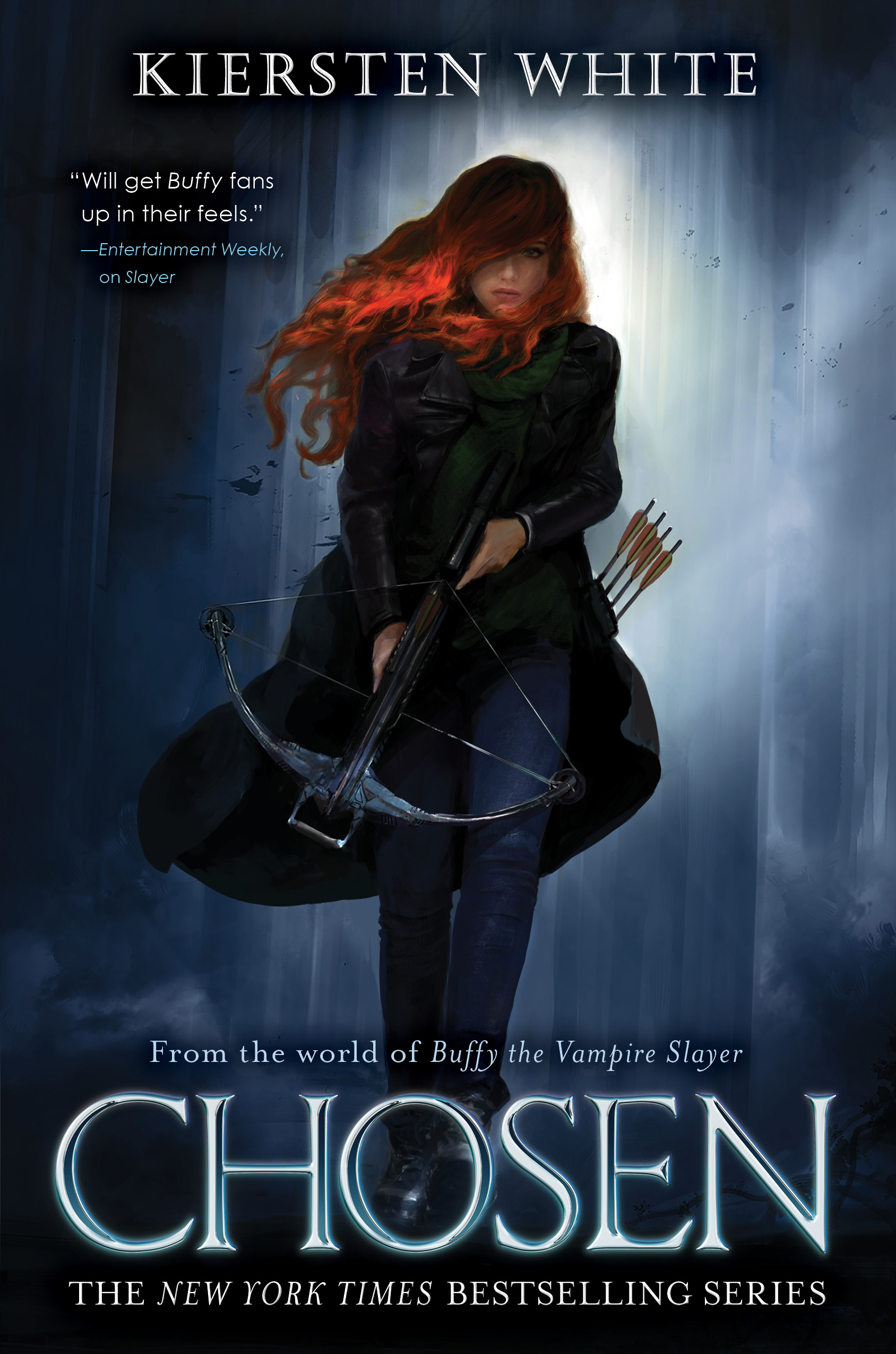 White: While I share most Americans' fascination with boarding schools--and my initial concept was much heavier on the boarding school aspect of it--I didn't actually think about Harry Potter at all. My biggest challenge was working with the events of the Buffyverse timeline. I would have loved to write when the Watcher society was at full strength, exploring what the dynamics and politics of the group would have been. But since they were unceremoniously blown up during season seven, I couldn't exactly do that. So the challenge was giving a sense of society that was ancient and steeped in tradition, but didn't really exist anymore.
White: While I share most Americans' fascination with boarding schools--and my initial concept was much heavier on the boarding school aspect of it--I didn't actually think about Harry Potter at all. My biggest challenge was working with the events of the Buffyverse timeline. I would have loved to write when the Watcher society was at full strength, exploring what the dynamics and politics of the group would have been. But since they were unceremoniously blown up during season seven, I couldn't exactly do that. So the challenge was giving a sense of society that was ancient and steeped in tradition, but didn't really exist anymore.
Back to Heckmouths: because Buffy was always a more mature property, I was really curious to see how you aged the narrative down. How did you navigate adapting the material for a younger audience without losing that special Buffy spark?
Nowak: Hm! Many of the choices were made by my editor, who, I think, had some of these solutions in mind for the initial pitch. I struggled a bit with the content--Buffy is so essentially about navigating adolescence! But that's the key: it had to be about those more basic puzzles you're presented with as a preteen.
White: I also love your Scooby gang. What inspired Sarafina and Alvaro?
Nowak: Alvaro's a werewolf so I figured he'd have to be laid back. There's so much out of his control. And Sarafina has magical powers, and besides that she's good at school, so she's really cocky. It was like some kind of flowchart instantly showed itself after I read the names. Aw... I love those kids!!
On that note, I can feel the affection you have for your characters: Nina, Artemis, Rhys, Leo. Where did their idiosyncrasies come from? Do you have a favorite among them?
White: I have four siblings myself, so sibling dynamics always fascinate me. A lot of the push and pull between Nina and Artemis is informed by having sisters close in age. This was a large cast to work with, and I tried to make certain that everyone served both a narrative function and also a personal function in how they related to and affected Nina. Cillian and Rhys were so much fun to write and I loved getting to show a happy relationship in the Buffyverse.
Let's talk about format. Your book was such an intriguing combination of traditional graphic novel mixed with longer text passages from Buffy's journal. What were the particular challenges of deciding which sequences to illustrate and which to write out?
Nowak: The challenges are particular but not all that interesting to describe! Mostly I struggled to avoid redundancies. I think certain things naturally lend themselves to being described in a diary and certain things need to be shown--like, a big battle with a crazy tentacle monster, etc. People get upset if they can't see the tentacles.
Okay, lightning round. Pick one: doomed romance or happily ever after?
White: Can I cheat and say doomed romance that leads to happily ever after? I do love the drama and delicious pain of a doomed romance, but I also adore a happily ever after. It was fun to get to have the high drama of Leo and Nina alongside the steady, sweet happiness of Cillian and Rhys. I think stable relationships are really underutilized in genre!
Kiersten White and Carolyn Nowak Take on the Buffyverse




 More than 20 years after it premiered, the world of Buffy the Vampire Slayer continues to thrill audiences. Old fans remember the Buffyverse fondly, while new iterations of her story pull in fans from younger generations. Two writers who know this landscape well are
More than 20 years after it premiered, the world of Buffy the Vampire Slayer continues to thrill audiences. Old fans remember the Buffyverse fondly, while new iterations of her story pull in fans from younger generations. Two writers who know this landscape well are  Nowak: I think the purpose of sending Buffy to Cleveland was to freshen things up. Maybe it's what gave us an excuse to mess with the recognized premise of Buffy and send her to middle school. It was my editor's choice. There's apparently a throwaway line in the show about there being a "heck"mouth in Cleveland.
Nowak: I think the purpose of sending Buffy to Cleveland was to freshen things up. Maybe it's what gave us an excuse to mess with the recognized premise of Buffy and send her to middle school. It was my editor's choice. There's apparently a throwaway line in the show about there being a "heck"mouth in Cleveland. White: While I share most Americans' fascination with boarding schools--and my initial concept was much heavier on the boarding school aspect of it--I didn't actually think about Harry Potter at all. My biggest challenge was working with the events of the Buffyverse timeline. I would have loved to write when the Watcher society was at full strength, exploring what the dynamics and politics of the group would have been. But since they were unceremoniously blown up during season seven, I couldn't exactly do that. So the challenge was giving a sense of society that was ancient and steeped in tradition, but didn't really exist anymore.
White: While I share most Americans' fascination with boarding schools--and my initial concept was much heavier on the boarding school aspect of it--I didn't actually think about Harry Potter at all. My biggest challenge was working with the events of the Buffyverse timeline. I would have loved to write when the Watcher society was at full strength, exploring what the dynamics and politics of the group would have been. But since they were unceremoniously blown up during season seven, I couldn't exactly do that. So the challenge was giving a sense of society that was ancient and steeped in tradition, but didn't really exist anymore. Elizabeth Wurtzel, whose 1994 memoir Prozac Nation: Young and Depressed in America drew attention to clinical depression and popularized an unflinching style of confessional writing,
Elizabeth Wurtzel, whose 1994 memoir Prozac Nation: Young and Depressed in America drew attention to clinical depression and popularized an unflinching style of confessional writing, 